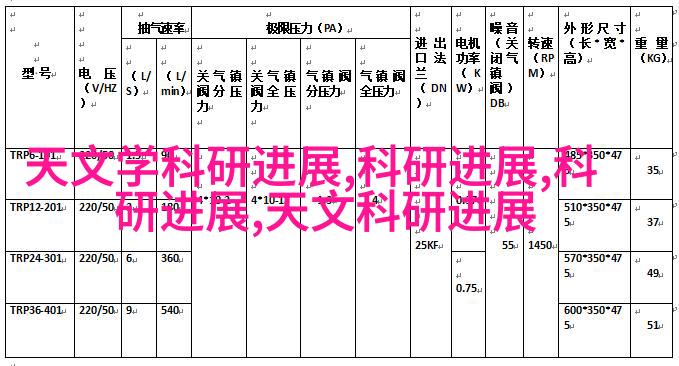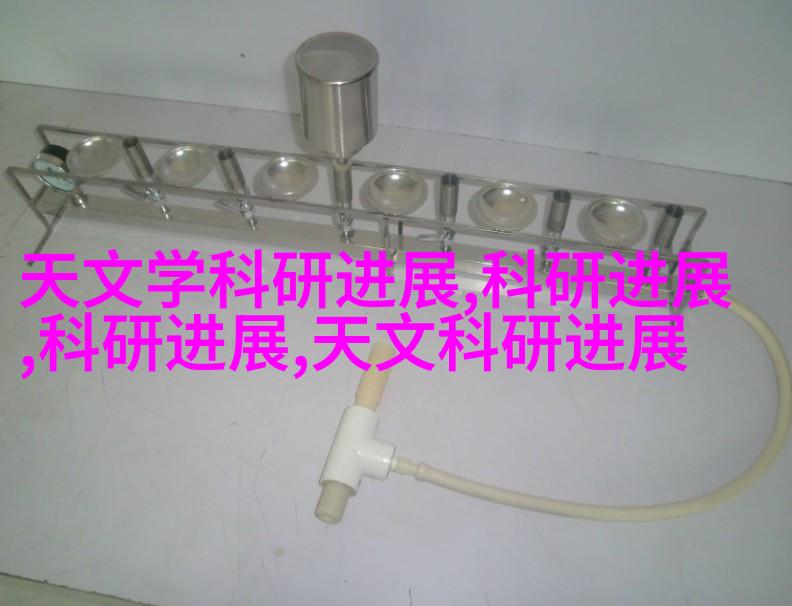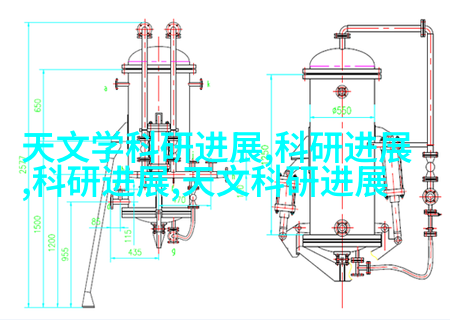什么是绝缘电阻表?

绝缘电阻表是一种用于测量被测试物体或系统之间的绝缘性能的设备。它通过施加一定的直流电压到测试对象,并记录在这个条件下产生的当前,从而计算出该材料或者组件之间的相对安全距离。这种测量对于确保设备运行时不会发生短路、触发火灾等事故至关重要。
如何选择适合自己的绝缘电阻表?

在选择绝轮防护级别和工作环境要求不同的产品时,需要考虑多个因素。首先,根据预期使用场所和操作环境来确定所需的防护级别:从IP20(保护对固体外部物理影响)到IP67(完全密封)。其次,根据实际操作人员的手感舒适度和视觉需求来选定显示屏大小及背光类型。此外,还要考虑是否需要自动切换功能,以及最大可达到的测量范围,以满足不同测试需求。
使用步骤

使用绝缘电阻表通常遵循以下步骤:首先,将测试端子连接至被测对象的一端,然后将另一端接入到仪器上的参考端子上。在仪器开启后,它会开始输出一段较高值的小信号,这个过程称为“打印”或“标记”。随后,一旦达到预设值,仪器将停止并显示结果。这一步非常关键,因为这决定了最终得出的结果是否准确无误。
测量方法

abs_0_1_20230217-01:00.htmlAbsolute resistance measurement is typically performed using a low voltage DC source, and the current flowing through the test object is measured with an ammeter or digital multimeter (DMM). The ratio of the applied voltage to the measured current gives the resistance value in ohms (Ω). This method is widely used due to its simplicity and accuracy.
应用领域

Absolute resistance measurements have various applications in different industries, including electrical power distribution systems, industrial automation, telecommunications networks, and even household appliances. By ensuring that all components are properly insulated from each other, these measurements help prevent short circuits that could lead to equipment damage or even fires.
模拟案例分析
For instance, consider a scenario where a technician needs to check whether an electrical panel's insulation between live wires and grounding points meets safety standards before allowing workers to access it for maintenance tasks. In this case, using an absolute resistance tester can provide accurate data about how well-insulated these critical areas are against potential faults or accidents.
结论
Absolute resistance testing plays a vital role in maintaining safe working conditions across numerous industries by providing crucial information on material integrity and insulation performance at specific interfaces within complex systems like those found in electric panels or control circuits of manufacturing facilities etc., thus contributing significantly towards risk reduction efforts when dealing with high-voltage devices & equipment during routine checks & maintenance operations respectively



